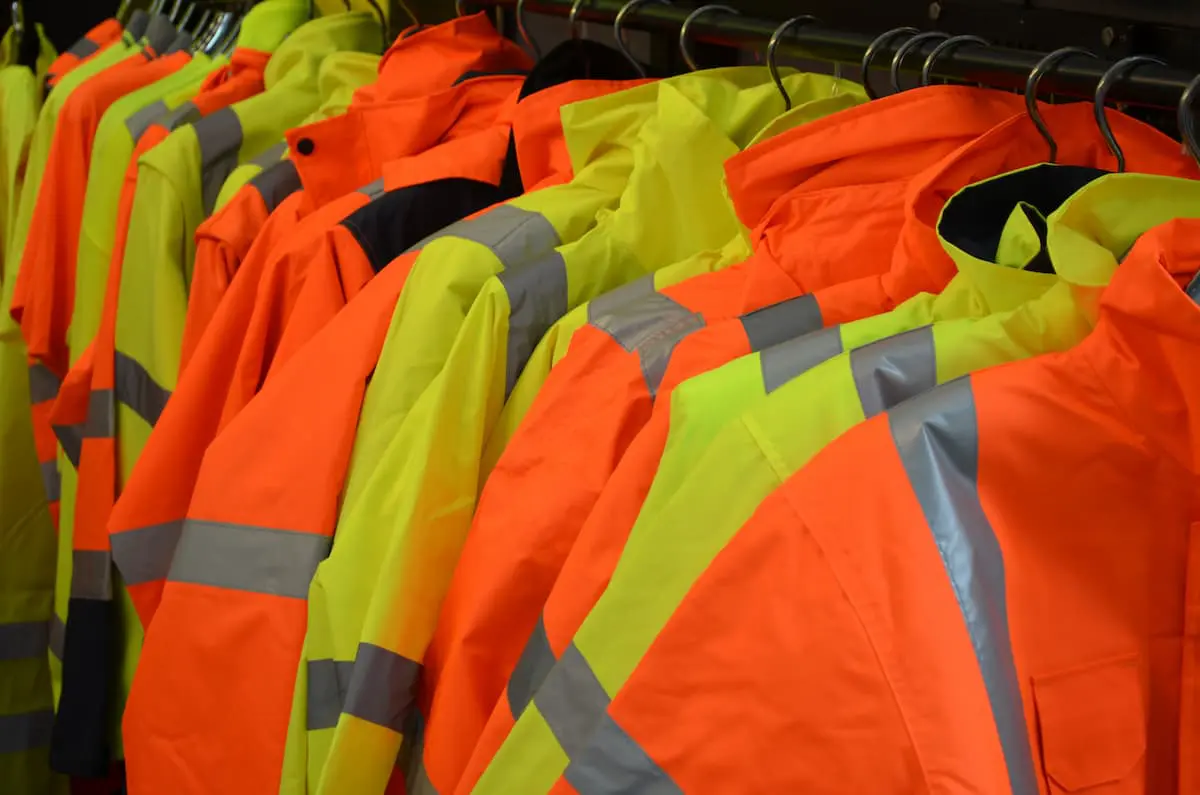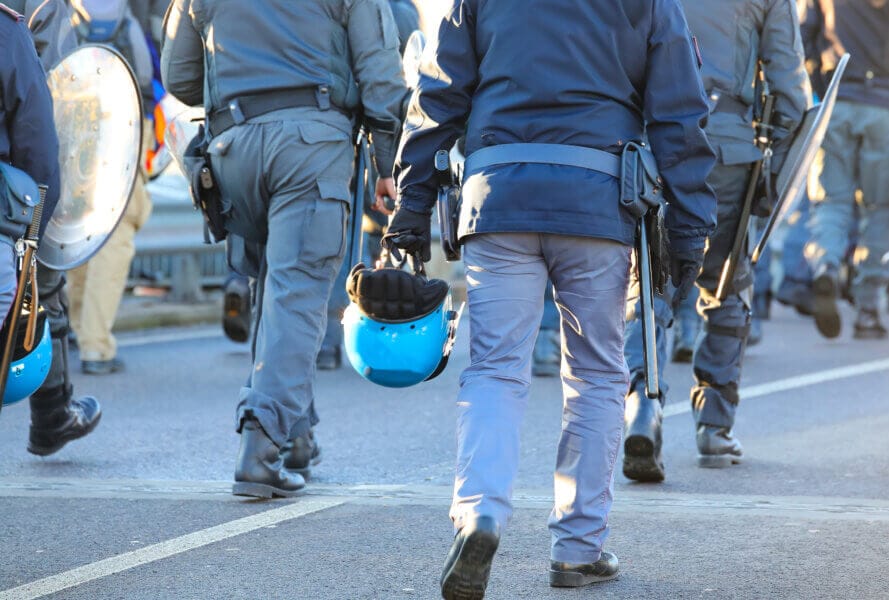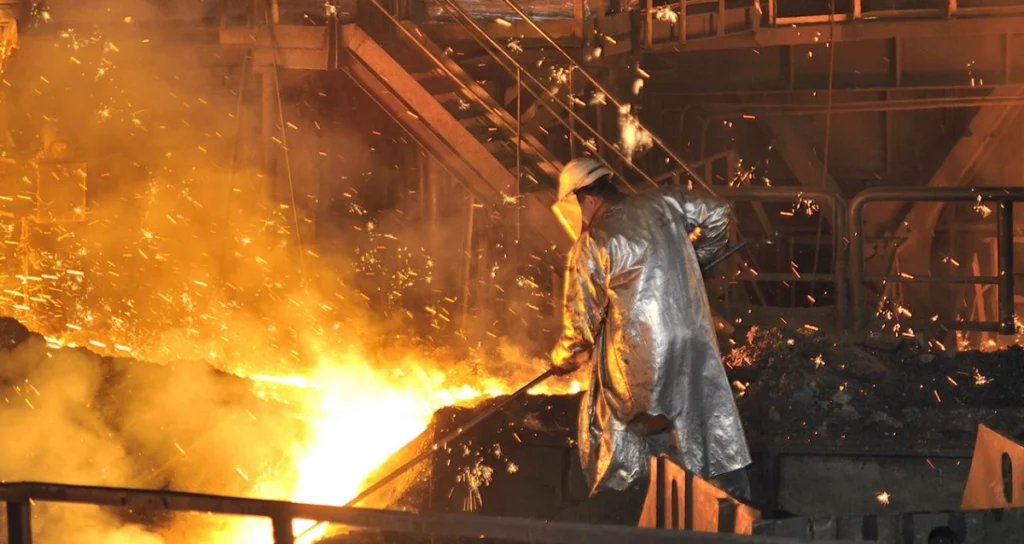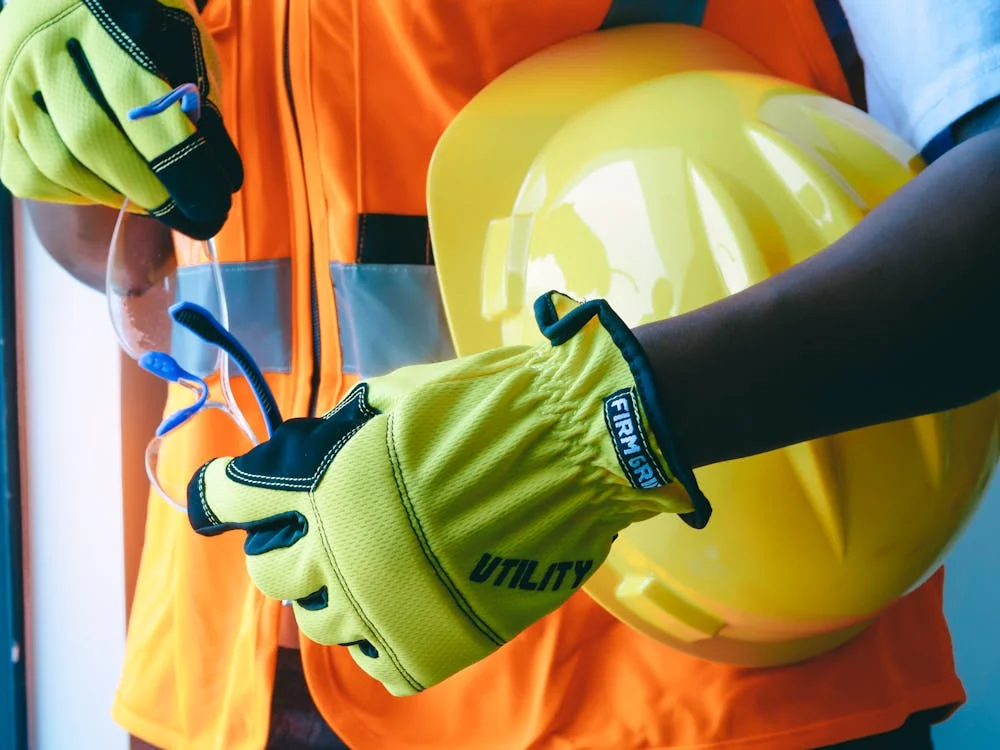
Step into a construction site in Dubai at noon or a highway project in Lagos at 2 p.m., and you’ll understand why fabric innovation matters. Temperatures above 40°C, relentless sun, and humid air make traditional heavy cotton coveralls unbearable. Workers overheat, sweat, and lose focus—leading to accidents and productivity loss.
That’s why cooling fabrics are becoming a game changer for workwear in Africa and the Middle East. They combine breathability, moisture management, UV protection, and durability, creating PPE that workers actually want to wear.
For distributors and agents in these regions, understanding cooling fabric innovations is the key to supplying gear that sells—and keeps workers safe.
Cooling fabrics for hot climates include polyester-cotton blends, moisture-wicking synthetics, mesh ventilation panels, phase-change materials (PCM), and fabrics with UV protection. In Africa and the Middle East, buyers seek durable, lightweight, and affordable workwear that balances comfort in extreme heat with compliance to safety standards.
Why Cooling Fabrics Matter in Africa & Middle East
-
Extreme temperatures
Daily highs often exceed 35–45°C. Workers in such conditions risk heat stress, dehydration, and fatigue. -
High accident risks
Overheated workers are more likely to lose concentration, make errors, or suffer heatstroke. Cooling fabrics reduce body temperature and improve focus. -
Labor laws & compliance
Many Gulf countries (UAE, Qatar, Saudi Arabia) enforce midday breaks and heat safety rules. PPE must support compliance by keeping workers safe and hydrated. -
Cultural and practical needs
In the Middle East, long sleeves are often required for cultural and safety reasons. Cooling fabrics allow coverage without overheating. -
Productivity factor
Comfortable workers produce more. Studies show cooling fabrics can improve worker output by 10–15% in hot climates.
Real-World Cases
Case #1 – Roadworks in Saudi Arabia
Workers wearing 100% cotton coveralls complained of sweat-soaked, heavy clothing.
Fix: Contractor switched to polyester-cotton blends with mesh ventilation. Heat complaints dropped, and worker attendance improved.
Case #2 – Oil Refinery in Kuwait
Flame-resistant gear was mandatory, but standard FR cotton was too hot.
Solution: Supplier introduced FR fabrics with moisture-wicking treatment. Workers stayed cooler while meeting fire safety requirements.
Case #3 – Construction in Nigeria
Workers wore cheap polyester vests that trapped heat. Productivity fell during midday shifts.
Adjustment: Switched to lightweight mesh reflective vests with open-weave fabric. Workers reported better comfort and willingness to wear PPE.
Case #4 – Bridge Project in Egypt
A contractor provided denim trousers to rebar workers. Within days, workers cut off the legs because of the heat, exposing skin to cuts and abrasions.
Lesson: Cooling fabrics not only prevent heat stress—they keep PPE wearable.
Case #5 – Port Operations in Oman
Dock workers handling cargo wore dark uniforms that absorbed heat. Body temperature testing showed average worker skin temps at 38°C.
Change: Light-colored UV-protective fabrics were introduced. Heat stress incidents dropped by 30% in the following summer season.
Key Cooling Fabric Innovations
| Fabric Type | Cooling Feature | Use Case |
|---|---|---|
| Polyester-Cotton Blends | Lighter, dries faster than cotton | Coveralls, jackets |
| Moisture-Wicking Polyester | Pulls sweat away from skin | Shirts, base layers |
| Mesh Ventilation Panels | Increases airflow | Safety vests, coveralls |
| Phase-Change Materials (PCM) | Absorbs and releases heat for temp regulation | High-end jackets, vests |
| UV-Resistant Finishes | Blocks harmful sun exposure | Outdoor shirts, reflective gear |
Material Selection & Design Tips
- Choose lighter colors (beige, hi-vis yellow, grey) → reduce heat absorption.
- Blends (65% polyester, 35% cotton) → balance between strength and comfort.
- Mesh panels → underarms, back, and sides allow airflow without compromising protection.
- FR-treated cooling fabrics → essential for oil & gas or refinery projects.
- UV coatings → extend protection for outdoor projects under direct sun.
✅ Pro Tip: Avoid cheap polyester-only fabrics—they trap heat, don’t absorb sweat, and cause worker resistance.
Buyer Mistakes to Avoid
- Supplying 100% cotton → workers overheat, clothes stay wet.
- Choosing dark-colored fabrics → traps heat, reduces visibility.
- Ignoring FR or chemical resistance needs → unsafe for oil, mining, and industrial projects.
- Overlooking wash durability → some coatings fade after 5 washes.
- Focusing only on cost → poor comfort = workers won’t wear the gear.
Buyer FAQ
Q1: Are cooling fabrics more expensive?
A: Yes, usually 10–20% higher than cotton. But they save money by improving productivity and reducing accidents.
Q2: Can cooling fabrics also be flame-resistant?
A: Yes. FR polyester-cotton blends with moisture management are widely available.
Q3: Do workers accept synthetic blends?
A: When breathable and lightweight, yes. In fact, most workers prefer blends to heavy cotton.
Q4: Do cooling fabrics lose effectiveness after washing?
A: Basic blends don’t. But special coatings (UV, PCM microcapsules) may lose effect after repeated industrial washing. Always check wash cycle ratings.
ROI Analysis: The Economics of Cooling Fabrics
| Scenario | Without Cooling Fabrics | With Cooling Fabrics | Annual Savings |
|---|---|---|---|
| Heat-related absenteeism | 8–10 lost days/worker | 2–3 lost days/worker | $250 per worker |
| Midday productivity drop | –15% | –5% | +10% efficiency |
| Accident costs (heat stress, fatigue) | $20,000 per project | $5,000 per project | $15,000 |
| PPE replacement rate | 2–3 months (cotton wears) | 6 months (blends) | 30–40% savings |
In large-scale projects with 1,000+ workers, savings can exceed hundreds of thousands of dollars annually.
Procurement Checklist
- [ ] Polyester-cotton blends with breathable finishes
- [ ] Mesh or ventilation design in high-heat areas
- [ ] UV and FR treatment (for outdoor / oil & gas projects)
- [ ] Wash durability rating for 50+ industrial washes
- [ ] Light color choices for high visibility & heat reflection
- [ ] Field test samples with local workers before bulk purchase
Conclusion
Cooling fabrics are not just about comfort—they’re about safety, compliance, and productivity. In the scorching climates of Africa and the Middle East, distributors who bring the right fabric innovations will win long-term contracts with construction firms, oil refineries, and infrastructure projects.
The market is ready. Workers need it. Buyers are asking for it. The question is: will you supply it?
📩 Need custom cooling workwear for hot climates?
Email: [email protected]
🌐 www.workwearsolutions.net
Zion Zhang
Recent Posts
 Antimicrobial & Self-Cleaning Fabrics: Hygiene in Food, Pharma & Healthcare2025年9月20日In industries where hygiene is non-negotiable—food […]
Antimicrobial & Self-Cleaning Fabrics: Hygiene in Food, Pharma & Healthcare2025年9月20日In industries where hygiene is non-negotiable—food […] Sustainable & Circular Workwear: Meeting ESG Demands in 20252025年9月20日Workwear has always been about safety and functionality, […]
Sustainable & Circular Workwear: Meeting ESG Demands in 20252025年9月20日Workwear has always been about safety and functionality, […] Smart Workwear: How IoT and Sensors are Changing Safety Gear2025年9月20日Walk onto a modern construction site, an oil rig, or even a […]
Smart Workwear: How IoT and Sensors are Changing Safety Gear2025年9月20日Walk onto a modern construction site, an oil rig, or even a […] Workwear for Central Asian Mining & Energy Projects2025年9月18日From the coal mines of Kazakhstan to the oil fields of […]
Workwear for Central Asian Mining & Energy Projects2025年9月18日From the coal mines of Kazakhstan to the oil fields of […] Workwear for South American Logistics & Warehousing: Comfort and Safety in Long Shifts2025年9月16日South America’s logistics and warehousing industry is […]
Workwear for South American Logistics & Warehousing: Comfort and Safety in Long Shifts2025年9月16日South America’s logistics and warehousing industry is […] Workwear in Africa’s Construction Boom: Demand, Trends, and Opportunities2025年9月16日Walk through any African city today, and you’ll see […]
Workwear in Africa’s Construction Boom: Demand, Trends, and Opportunities2025年9月16日Walk through any African city today, and you’ll see […]
CONTACT US
- Feel free to contact us any time. We will get back to you as soon as we can!
- +86-17330061805
